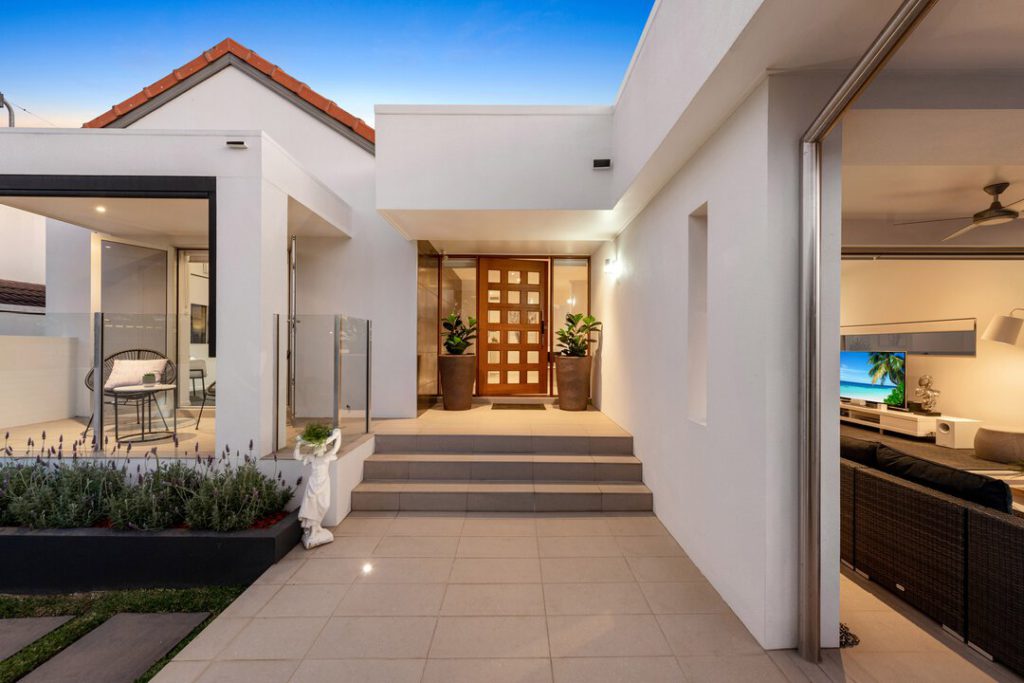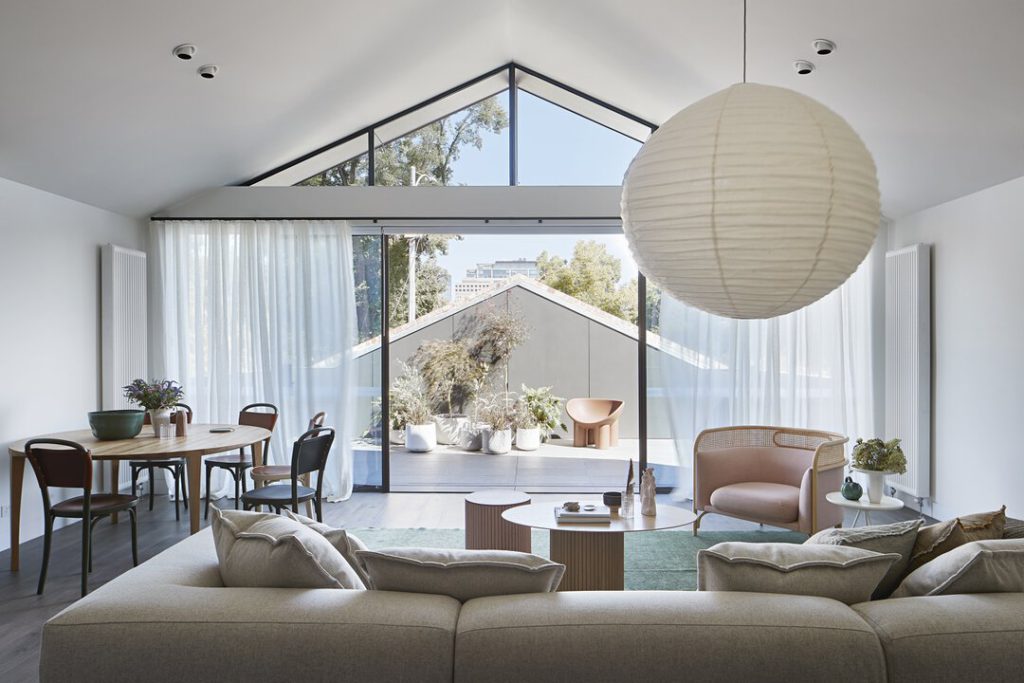Rental prices in Australia are skyrocketing. From metropolitan cities to regional areas, renting a home is more expensive than ever. Many low-income Australians struggle to find affordable housing. This leaves us wondering: when will rental prices go down?
Several key factors affect the rental market. Whether you’re renewing your lease, moving to a new city, or trying out rentvesting, here’s what you need to know.
1. Location
Location is a crucial factor in rental prices. Landlords want to be competitive with other similar rental properties in the area. High-demand neighborhoods, like those near the beach or in the city, often have higher rental prices. There isn’t enough beach and city for everyone, and this scarcity drives up rent prices.
If you’re investing, consider the kind of tenant you’re targeting. Is it a young couple, retirees, or families? This significantly impacts the location.
- High-Demand Areas: Renting in high-demand areas like the CBD or beachside can be more expensive.
- Target Tenants: Different locations attract different types of tenants.
2. Aspects of the Home
The size, number of bedrooms, and layout are important factors. A rental in good condition will attract tenants easily. A rental in great condition, recently renovated, with nice kitchen and bathroom fixtures, will pull a higher rent price even if it’s right next door.
- Condition: Recently renovated homes command higher rental prices.
- Features: Parking, outdoor areas, and views also impact prices. Families usually want a backyard or garden.
- Amenities: Properties with a swimming pool, gym, or entertainment area tend to be more expensive.
But know that there can be an excessive rent increase, and to be aware of your rights.
Find out when rent prices will go down.?
3. Desire for Flexibility

Since the pandemic began, rental prices have increased while average income has lagged, widening the gap and decreasing rent affordability.
The cost of buying a home has also risen. Many millennials prefer to rent homes rather than save up for a large deposit. They prioritize freedom and flexibility over the expenses of home ownership, which keeps demand in the rental market high.
4. Easy Access to Amenities
By amenities, we mean accessibility. The more connected a neighborhood, the higher the rental prices. Most people want to be close to parks, shopping centers, and healthcare providers.
Young families prioritize short distances to schools. Therefore, suburbs with these conveniences tend to have higher rental prices.
- Accessibility: Proximity to amenities like parks and schools drives up rental prices.
- Convenience: Neighborhoods with good transport links are more desirable.
Find out more about the influence of amenities on rental prices.
5. The Weather in the Region
There is a seasonal pattern to real estate prices. Summer is the busiest season, with people moving around and driving up rental prices.
Moving is usually avoided in colder seasons like winter. During the pandemic, the demand for coastal and forested properties increased as people valued homes they loved spending time in. This led to higher rental prices in regional areas.
6. Average Income

Most Australians spend 20-30% of their income on rent. Rental prices across the country often correlate with local wages.
Higher salaries mean more money to spend on rent. Conversely, in regions with lower wages, renters spend less on rent. Besides rental payments, tenants must consider other expenses like electricity and transport.
Explore Cost of Renting For First-Timers.
7. Vacancy Rates
Property prices, both in renting and buying, depend on supply and demand. Areas with more vacant homes typically have lower rental prices. Tenants have more choices in these areas, forcing landlords to be competitive.
Conversely, high-demand areas usually have higher rent prices. For example, Sydney and Melbourne have been among the most expensive places to rent in Australia.
Want to stay ahead of the curve?
If you’re on the hunt for apartments to rent, we can also help you out in that department. Browse our search page to check out some amazing listings available right now.
But don’t just stop there, download our app to get the full Soho experience. Just remember to shortlist or swipe left on our listings so we can send you others that better match what you’re looking for.
FAQ Section
What factors affect the cost of renting in Australia?
The cost of renting in Australia is influenced by various factors including the number of bedrooms, the overall size of the property, its condition, and its location. These elements determine how much rent a landlord can charge based on demand and market conditions.
Why are rental prices increasing in Australia?
Rental prices in Australia are on the rise primarily due to high demand driven by population growth, coupled with stagnant wage growth and limited housing supply. This imbalance is exacerbated in metropolitan areas where job opportunities attract more residents.
What are the key determinants of rental prices?
Key determinants of rental prices include location, property features, local amenities, seasonal trends, local wage levels, and vacancy rates. Each of these factors plays a significant role in shaping rental prices in different regions.
How does seasonal variation affect rental prices?
Seasonal variation impacts rental prices as demand fluctuates throughout the year. For instance, rental demand often increases during summer as families look to relocate, while winter might see a lower demand, affecting rental pricing strategies.














